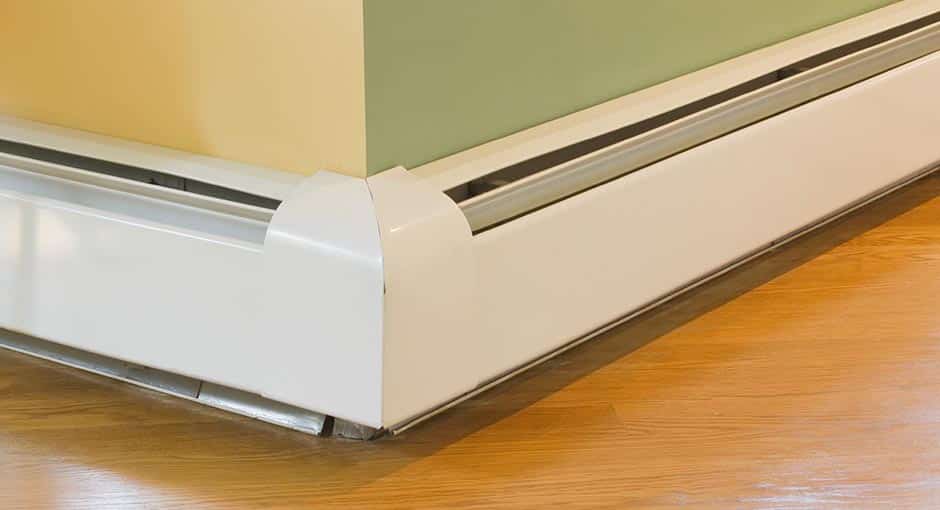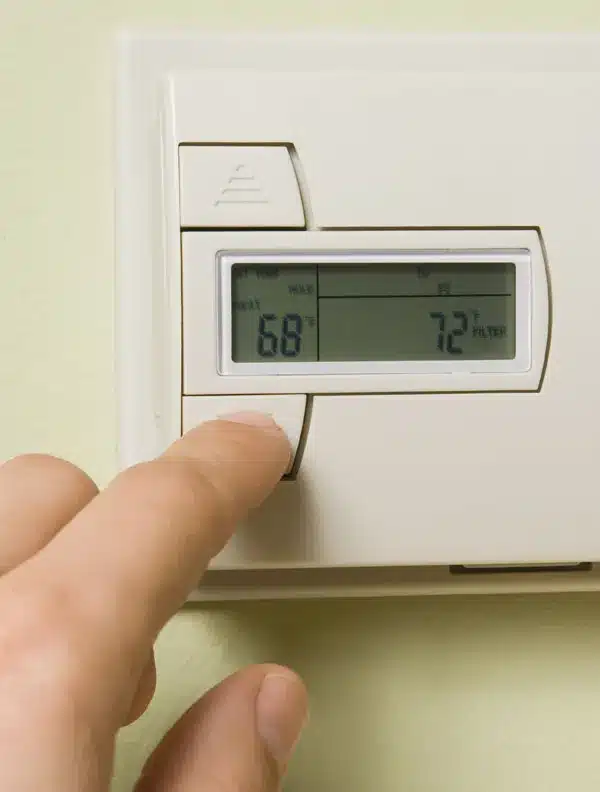The realm of heating, ventilation, and air conditioning (HVAC) systems is often intertwined with the indispensable thermostat. While some HVAC setups can operate satisfactorily without this device, the question that frequently arises is whether a baseboard heater necessitates the incorporation of a thermostat and the subsequent impact on its overall functionality. This article aims to delve into the critical importance of thermostats for baseboard heaters, elucidating the benefits they bring and the various aspects to consider when integrating them into the system.
Baseboard Heater Operation Without a Thermostat

In the realm of heating solutions, particularly with baseboard heaters, it is entirely feasible to operate the system without the inclusion of a thermostat. However, the decision to do so or not hinges on the user’s preferences and specific requirements. Before determining whether to use a thermostat with a baseboard heater, one must consider the compatibility of the thermostat with the heater and whether the heater already boasts a pre-installed thermostat, obviating the need for an additional purchase.
Compatibility and Choosing the Right Thermostat
Electric baseboard heaters operate at a distinct voltage capacity compared to other household devices. Therefore, when selecting a thermostat, compatibility becomes paramount to ensure the seamless functioning of the system. Moreover, it is prudent to verify whether the baseboard heater comes equipped with a built-in thermostat to avoid redundant purchases and streamline the integration process.
Benefits of Using a Thermostat with Baseboard Heaters

- Enhanced Comfort
The inclusion of a thermostat provides users with superior control over temperature levels in different rooms, facilitating the maximization of comfort without incurring unnecessary energy expenses. - Lower Bills
One of the most compelling reasons to add a thermostat to a baseboard heater is the potential for energy cost savings, which can hover around 5%. Over time, this translates into substantial financial benefits for the user. - Remote Control
Smart or Wi-Fi-enabled thermostats offer the convenience of remote control, empowering users to adjust settings, create personalized schedules, and monitor energy usage—all from the convenience of their smartphones. - Ease of Use
Modern thermostats, equipped with smart features, are designed for user-friendliness. Accompanied by intuitive apps complete with how-to guides, these thermostats alleviate concerns about complicated instructions, ensuring a hassle-free experience. - Personalization
Thermostats, especially modern units, provide a plethora of options for users to customize settings according to their unique needs and preferences. This capability extends to creating custom schedules and pre-setting temperatures, contributing significantly to monthly heating cost management. - Power Usage Access
Some advanced thermostats go beyond conventional features, providing users with access to real-time energy or power usage data. Armed with this information, users can make informed decisions to optimize efficiency further. - Smart Home Integration
The advent of smart thermostats opens the door to seamless integration with other smart devices within a home. This interconnectedness allows users to control not only the thermostat but also the entire heating system through various platforms, enhancing overall user experience.
Choosing the Right Thermostat for Baseboard Heaters
Given that baseboard heaters operate on line voltage, the recommended thermostat options include line voltage, single pole or double pole, Wi-Fi-enabled, or smart thermostats. The emphasis on these options is to ensure compatibility and effective operation, thereby maximizing the benefits of thermostat integration.
Running Baseboard Heaters Without a Thermostat
While the convenience of a thermostat is undeniable, it is entirely possible to operate a baseboard heater without one. Users have the flexibility to disconnect the thermostat and run the heater manually, providing a straightforward alternative for those who prefer a more hands-on approach.
Shopping Guide for Baseboard Heater Thermostats
When embarking on the journey of selecting a thermostat for a baseboard heater, considerations should encompass factors such as compatibility, model type, and installation requirements. Ensuring compatibility with the heater’s voltage is imperative, and the choice between an ordinary programmable thermostat or an advanced smart thermostat depends on budget constraints and personal preferences.

Cost Considerations
The financial aspect of integrating a thermostat into a baseboard heating system is a crucial consideration. The typical price range for thermostats compatible with baseboard heaters spans from $50 to $500, with ordinary programmable models generally being more budget-friendly. It’s worth noting that installation costs should also be factored into the equation, especially if professional assistance is deemed necessary.
Conclusion
In conclusion, while it is entirely possible to operate a baseboard heater without a thermostat, the advantages derived from the integration of this device are substantial. The benefits, ranging from enhanced comfort and energy cost savings to remote control capabilities and smart home integration, position thermostats as valuable additions to baseboard heating systems. Thoughtful consideration of compatibility, model type, and installation requirements ensures optimal performance and long-term benefits, making the inclusion of a thermostat a strategic decision for those seeking an efficient and user-friendly heating solution.






GIPHY App Key not set. Please check settings